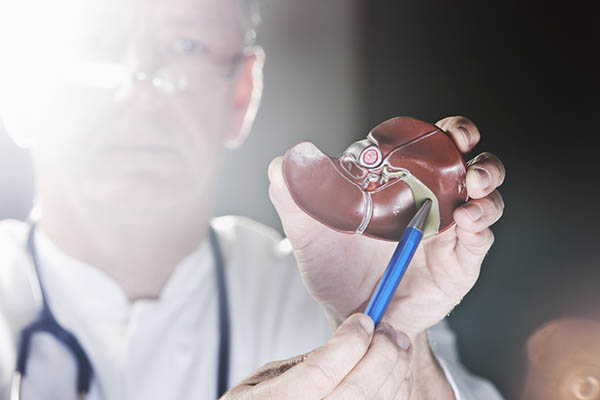Gallstones are hardened deposits of digestive fluid that can form in your gallbladder, a small organ beneath the liver responsible for storing bile, a digestive fluid produced by the liver. These deposits range in size and can cause significant discomfort and health issues if they obstruct the flow of bile. Understanding the symptoms and treatment options, especially surgical interventions, is crucial for individuals suffering from this condition.
Symptoms of Gallstones
Many people with gallstones may not experience any symptoms and may not require treatment. However, when symptoms do occur, they can be quite severe:
- Sudden and Intense Pain: One of the hallmark symptoms of gallstones is intense pain in the upper right abdomen or the center of the abdomen, known as biliary colic. This pain can last from several minutes to a few hours.
- Back Pain: Pain can radiate to the back between the shoulder blades or to the right shoulder.
- Nausea or Vomiting: Gallstones can cause digestive disturbances, leading to nausea or vomiting.
- Other Symptoms: Fever, jaundice (yellowing of the skin and eyes), and clay-colored stools can also indicate gallstones, especially if bile ducts are obstructed.
Surgical Treatment Options for Gallstones
When gallstones cause symptoms or complications, surgery becomes a necessary treatment option. The two primary surgical procedures for gallstone removal are:
- Laparoscopic Cholecystectomy: This is the most common surgery for gallstones and involves removing the gallbladder through several small incisions in the abdomen. The procedure is minimally invasive, allowing for faster recovery times. Most people can return to their normal activities within a week.
- Open Cholecystectomy: In more complicated cases, or when a laparoscopic procedure cannot be performed safely, an open cholecystectomy may be necessary. This involves a larger incision in the abdomen to remove the gallbladder. Recovery from an open cholecystectomy takes longer, and patients may need to stay in the hospital for a few days post-surgery.
Recovery and Lifestyle Adjustments Post-Gallstone Surgery
Recovery from gallstone surgery typically involves a period of rest and gradually increasing activity levels as directed by healthcare providers. After laparoscopic cholecystectomy, most patients are able to leave the hospital on the same day or the following day. It’s essential to follow post-surgery instructions carefully, including wound care and activity restrictions. Adjusting to life without a gallbladder can also mean making dietary changes to support digestion and minimize discomfort. This generally includes eating smaller, more frequent meals and reducing fat intake to aid the body in adjusting to bile flow changes. Over time, most individuals adapt well and can return to a normal diet.
Understanding the Importance of Follow-Up Care After Gallstone Surgery
Follow-up care after gallstone surgery is a crucial aspect of the recovery process, ensuring that the patient recovers without complications and adapts well to life without a gallbladder. This typically involves several post-operative appointments with a healthcare provider to monitor healing, address any concerns, and assess how well the body is adjusting to the changes in digestion. Additionally, follow-up care may include recommendations for dietary adjustments, physical activity levels, and understanding of any symptoms that should prompt immediate medical attention. Proper follow-up care not only supports a smoother recovery but also plays a vital role in preventing potential post-surgery issues and ensuring long-term health and well-being.
Conclusion
Gallstones can range from being symptom-free to causing severe, life-disrupting pain and complications. Recognizing the early signs and symptoms of gallstones is essential for timely treatment. Surgical removal of the gallbladder, while a significant procedure, often provides relief from the pain and prevents further complications associated with gallstones. If you suspect you have gallstones, it’s important to consult with a healthcare provider for an accurate diagnosis and to discuss the most appropriate treatment options based on your condition.



 Close
Close